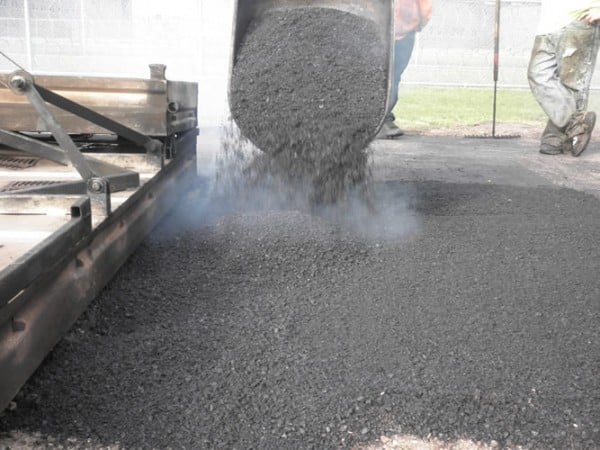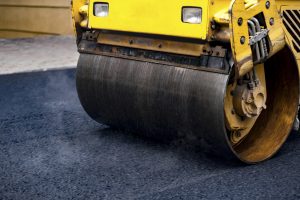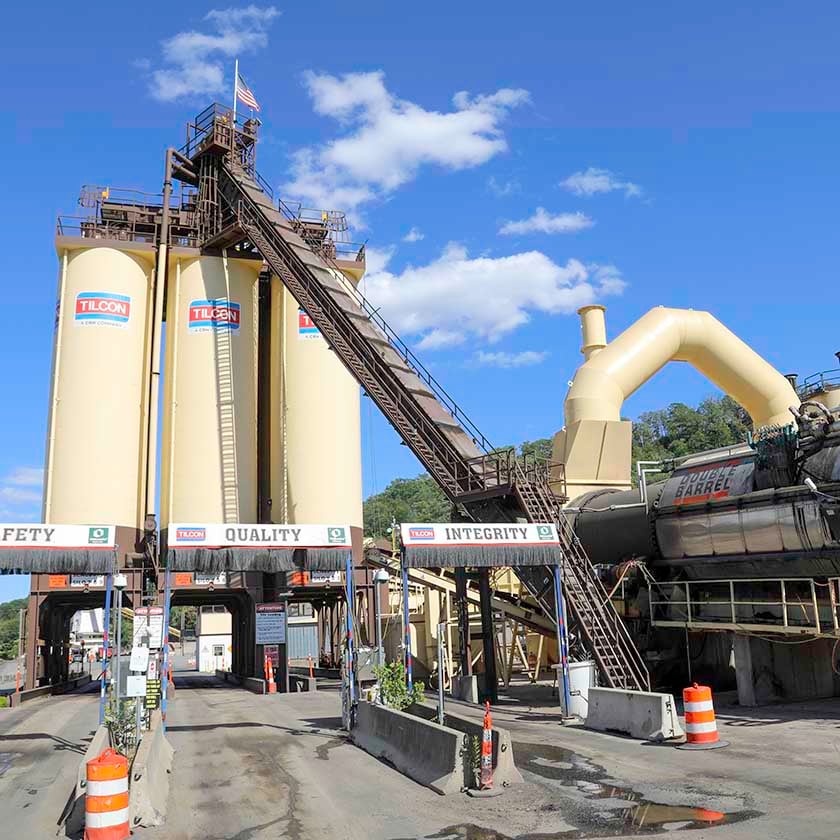Change Your Property's Landscape with Hot Mix Asphalt Paving Quality
Change Your Property's Landscape with Hot Mix Asphalt Paving Quality
Blog Article
Opening the Tricks of Hot Mix Asphalt Technology
Discovering the depths of hot mix asphalt innovation reveals a globe where exact solutions and meticulous procedures converge to shape our roads and framework. The blend of fillers, aggregates, and binders isn't just a building and construction job but a tactical orchestration of resilience and performance. As we peer right into the detailed dancing of parts, a tapestry of durability and sustainability unfolds. What lies under this surface of asphaltic mastery, and what tricks wait to be introduced in the realm of paving innovations?
Importance of Hot Mix Asphalt
Warm Mix Asphalt plays a crucial duty in contemporary framework growth as a result of its toughness and cost-effectiveness. As one of the most typically utilized paving product for roads, freeways, and car park, Warm Mix Asphalt supplies a series of advantages that add to its significance in building jobs. One vital benefit is its capacity to hold up against heavy website traffic tons and severe weather, supplying a long-lasting and reliable surface for transportation networks. In Addition, Hot Mix Asphalt is cost-effective in both first building and construction and long-term upkeep, making it a favored option for lots of facilities tasks.
The sturdiness of Warm Mix Asphalt stems from its make-up, which includes accumulations, binder, and filler products that are thoroughly chosen and mixed to fulfill particular efficiency needs. On the whole, the relevance of Hot Mix Asphalt in infrastructure growth can not be understated, as it continues to be a foundation of modern building methods.
Elements of Asphalt Mixes
The composition of asphalt mixes is composed of very carefully chosen accumulations, binder, and filler products that are crucial for achieving certain efficiency demands. Accumulations are the main element of asphalt blends, providing toughness and security. These aggregates can be natural, such as gravel or smashed stone, or artificial, like recycled materials from old sidewalks. The binder, typically asphalt or asphalt concrete, holds the aggregates with each other and gives versatility and toughness to the mix. The choice of the binder is critical as it straight influences the mix's efficiency in various weather conditions. Fillers, such as moisturized lime or Rose city cement, are made use of to boost the mix's workability and aging resistance. Angled Parking.
The mix and proportion of these elements play a significant function in identifying the top quality and performance of the asphalt mix. Designers very carefully design the mix to satisfy specific requirements, thinking about elements like traffic volume, environment conditions, and sidewalk life-span. Proper selection and balancing of accumulations, binder, and fillers are crucial for producing long lasting, durable asphalt sidewalks.
Mixing and Manufacturing Methods

When the aggregates are chosen, the binder, usually asphalt concrete, is contributed to bind the products together. The binder's top quality and amount considerably affect the mix's stamina, versatility, and resistance to environmental variables. Additionally, fillers like hydrated lime or Rose city cement may be incorporated to boost certain attributes of the asphalt mix, such as its workability or wetness resistance.
Throughout manufacturing, the aggregates and binder are warmed, normally in between 250-325 ° F(121-163 ° C ), to promote blending and ensure correct coating of the accumulations. The blending procedure should be complete to achieve an uniform blend that promotes the wanted performance characteristics of the asphalt. Various techniques, such as batch blending or drum mixing, are utilized to accomplish regular and top notch asphalt blends for construction jobs.
Factors Influencing Asphalt Performance
Elements influencing asphalt efficiency include a variety of variables that influence the sturdiness, longevity, and general quality of asphalt sidewalks. One crucial aspect is the top quality of materials used in the asphalt mix.

Layout factors to consider, such as pavement density and water drainage, are vital in making sure the long-term efficiency of the asphalt pavement. By carefully thinking about these engineers, factors and contractors can optimize asphalt performance and enhance the service life of pavements.
Lasting Practices in Asphalt Technology

In addition, the growth of warm-mix asphalt (WMA) modern technologies has actually acquired grip in recent years. WMA allows for the manufacturing and placement of asphalt blends at reduced temperatures compared to traditional hot-mix asphalt, resulting in minimized power usage and greenhouse gas exhausts. The use of permeable asphalt mixes can help minimize stormwater overflow problems by permitting water to infiltrate with the pavement and right into the ground, advertising natural water filtration and reenergize processes. By implementing these lasting methods, the asphalt sector can add to constructing an extra resistant and eco friendly facilities network.
Final Thought
To conclude, warm mix asphalt technology plays an essential function in modern infrastructure growth as a result of its durability and cost-effectiveness. By very carefully stabilizing components, employing appropriate mixing methods, and taking into consideration different variables, engineers can produce top quality asphalt mixes her response that stand up to hefty traffic loads and extreme weather conditions. Accepting lasting methods, such as utilizing warm-mix modern technologies and recycled materials, even more enhances the environmental friendliness of asphalt technology.
Blending and production strategies in hot mix asphalt innovation entail the accurate mix and processing of aggregates, binder, and fillers to create a high-performance and sturdy asphalt mix.Variables affecting asphalt performance include an array of variables that affect the resilience, long life, and overall top quality of asphalt sidewalks. Lasting techniques in asphalt technology encompass different efforts aimed at reducing the environmental influence of asphalt production and paving processes. By integrating recovered asphalt sidewalk (RAP) and recycled asphalt tiles (RAS) into new asphalt mixes, the industry can substantially decrease the consumption of raw materials and power, while likewise lowering land fill waste.
WMA allows for the production and positioning of asphalt mixes at lower temperature levels compared to conventional hot-mix asphalt, resulting in lowered energy consumption and greenhouse gas discharges.
Report this page